| | Even though our weather is milder than past Springs, it’s still January and theoretically Winter, with its low light and nighttime chill that makes plants grow so slowly. So it’s time to plant bareroot plants – artichokes, asparagus, grapes, berry vines, fruit trees – and seeds like lettuce, spinach, chard, tatsoi, bok choy, parsley, cilantro, peas and sweet peas. I’d never gotten around to planting edible pea and sweet pea seeds before the holidays, but the self-sown sweet peas from last year that are sprouting up remind me to do it now along with planting my 4 new bareroot fruit trees. Peas and Sweet Peas My husband likes to “do the work” of shelling his peas, so I sow a selection of varieties for him since he doesn’t seem to prefer one over the other. I, however, want to get as much food value as possible from what I grow, so I rely on Super Sugar Snap – the tall type that you eat the entire pod. Although I’ve also grown the dwarf versions of Sugar Ann and Sugar Daddy in the past, I always come back to the tall ones that require trellising for both the quantity and size of peas, their flavor, and the length of their bearing period. I sow the sweet peas on the east-facing side of the trellis which is less accessible, and the edible peas on the three remaining more-accessible sides. This is so I can more easily harvest the edible peas every day for the three-to-four weeks they’re bearing. The sweet peas need picking only every third day or so. Despite the fact that the sweet pea pods are poisonous, they’re easy to distinguish from the edible pods when they’re planted and intertwined together. Sweet pea pods are smaller and hairy and slightly gray-green, whereas edible pea pods are larger and smooth and bright clear green. I leave my double-decker trellis up year ‘round – for bean vines or cucumbers or even squash during summer. Artichoke Dig a lot of compost and manure into the soil, and set artichoke roots with buds or shoots just above the soil line, spaced two feet apart. Water them in. When new growth emerges, deeply soak the area once a week. Plants may last for 15-20 years, so provide them with lots of manure as mulch every year. Asparagus Asparagus will grow and produce satisfactorily in partially-shaded areas such as next to a fence or a building, especially if the plants receive morning sun. Dig a lot of compost and manure into the soil, and set roots at least six inches deep and a foot apart. Cover them with a fluffy mix of soil, manure, or other organic mulch, and water in well. Refrain from harvesting asparagus until the plant's third season, to enable the plant to gain strength. When you do harvest, cut only a few stalks that are the width of your middle finger to not stress the plant by leaving too few stalks to continue growing and feeding the rootsystem for future crops. Berry Vines Tips from last year's berry canes should be well-rooted. Cut off the vine above the third node from the rooted tip and plant. Grapes Make cuttings of branches with three or four nodes, distinguishing the root-end with a straight-across cut, and the foliage-end with an angled cut so you know which end to insert into potting mix for rooting. Roses When transplanting roses, add humus and potash to the potting soil, but be spare with nitrogen fertilizers, as these hasten new foliage which may be damaged by late frosts. Apply the nitrogen fertilizers a month or so after foliage has unfurled. Bareroot Fruit Trees I added four new fruit trees to my garden. Fuji Apple is listed as needing more chill hours that my garden provides, but I don’t really like the low-chill varieties I’ve tasted so am willing to experiment. I chose a planting location that’s shaded in the early mornings to hopefully keep its roots chilly longer year ‘round and perhaps foster better adaptation to my garden. Royal Lee Cherry will pair with my Minnie Royal so they pollinate each other. These varieties are supposed to do well in warmer climates. Double Delight Nectarine is repeatedly voted as best flavored in Dave Wilson Nursery taste tests. Jiro Persimmon, another Fuyu type to my existing 50-year-old tree will hopefully offset the old tree’s alternate bearing and ultimately take over as my main producer once the old one gets too old to produce much. How to Buy and Plant Buy bareroot trees that have well-developed fibrous root systems, a single well-shaped leader, several side branches around the trunk, and no serious bark injury. Avoid trees with circling or tangled roots. Side branches should be smaller than the trunk and growing from it at angles between horizontal and 45 degrees. Dig the planting hole at least two feet wide but only as deep as the container or roots. Loosen soil but don't add compost or manure – you want the tree roots to extend out into the native soil, and adding organic matter will make it more of a container that roots don’t want to leave. Create a berm about three feet wide around the tree, and fill with water three times to make sure that the soil is thoroughly saturated throughout the prospective root zone. Apply manure and compost as mulch on top of the soil and out beyond the drip line so its nutrients will “melt” into the broad expanse of soil with every rain. Harvesting Lots of goodies are coming out of the garden – four colors and shapes of leaf lettuce, two sizes of spinach, tatsoi, chard (still producing from last year), parsley, cilantro, and the first broccoli headlets. Removing that first main broccoli head fosters side shoots to keep us in bitesize pieces through the beginning of summer heat. When harvests of broccoli or chard or tatsoi or other greens become greater than we can eat fresh immediately, I steam or saute up a whole batch with garlic, leeks or onions, and mushrooms, freezing it in meal-size portions for later use in soups, quiches or whatever. |
|
3 Comments
|
Categories |

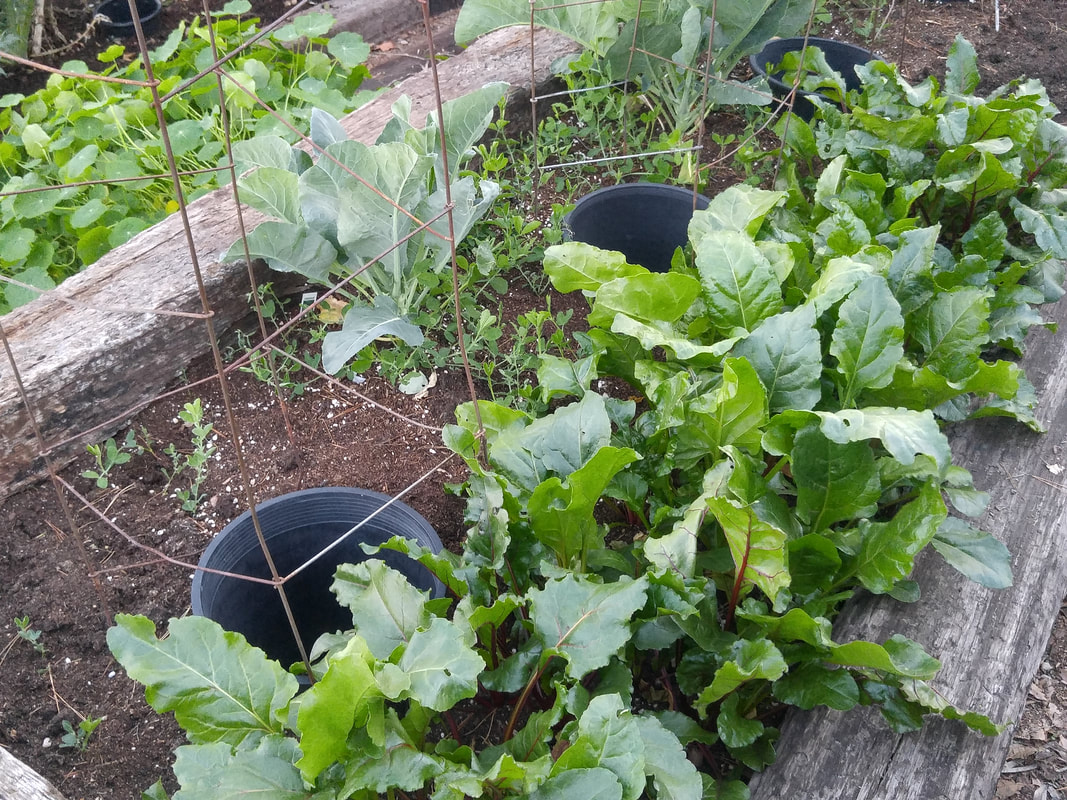
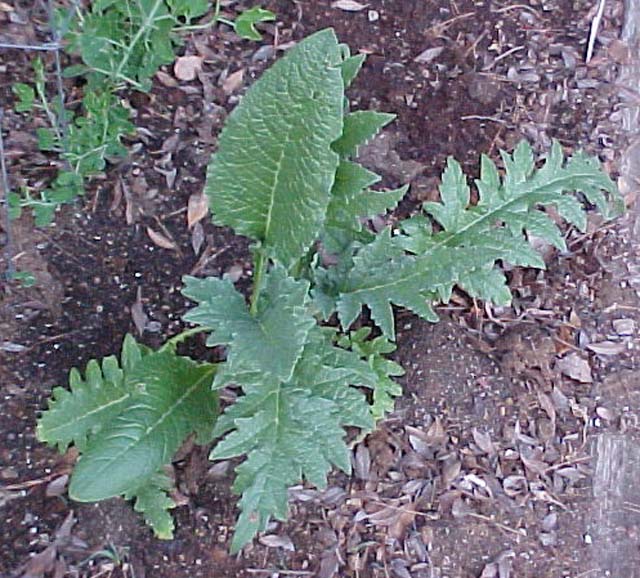
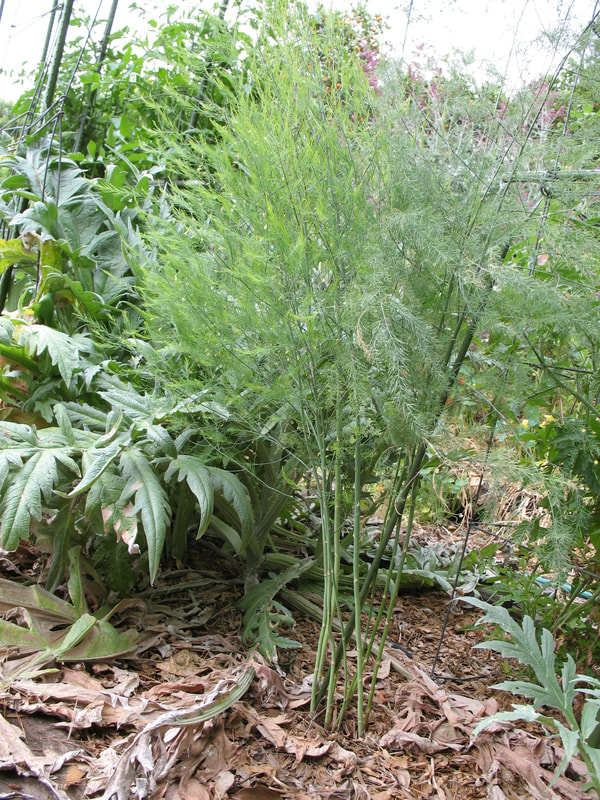
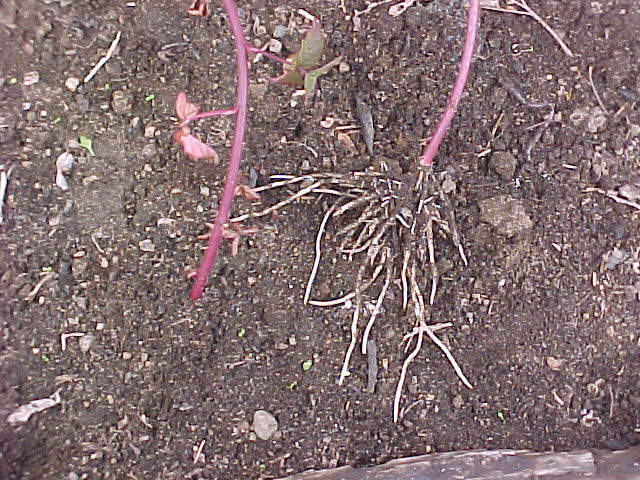
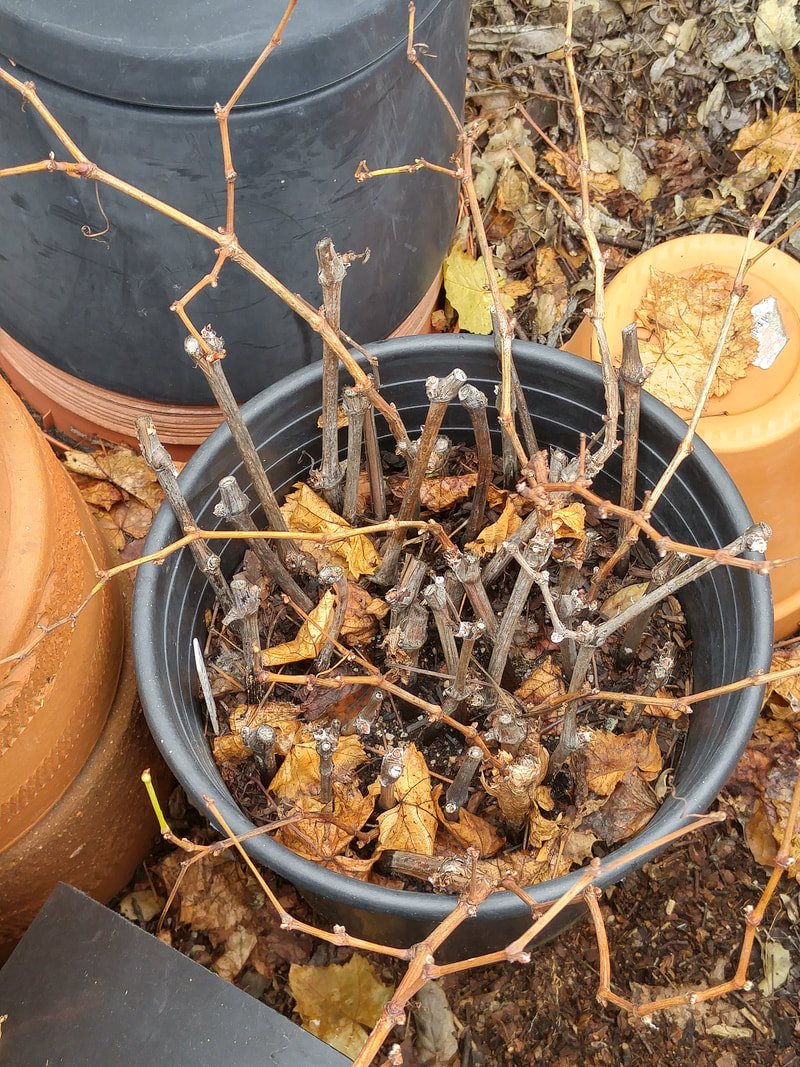
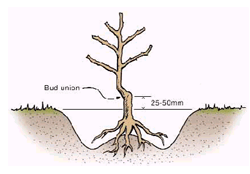
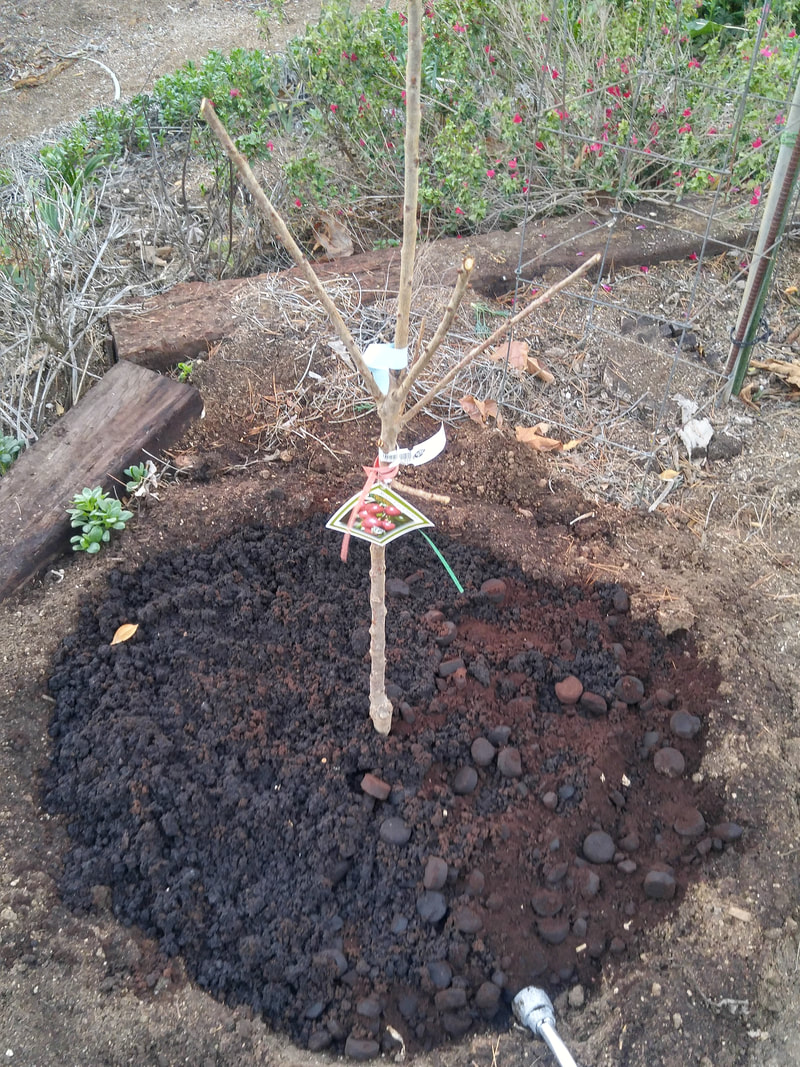
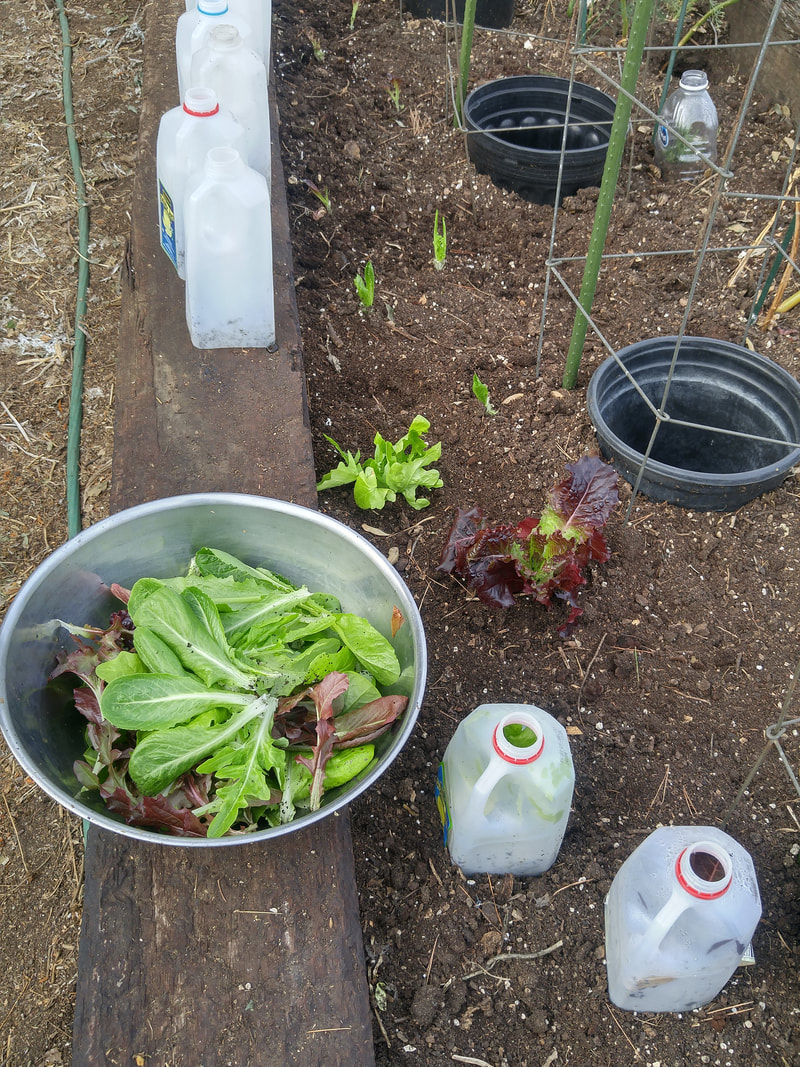
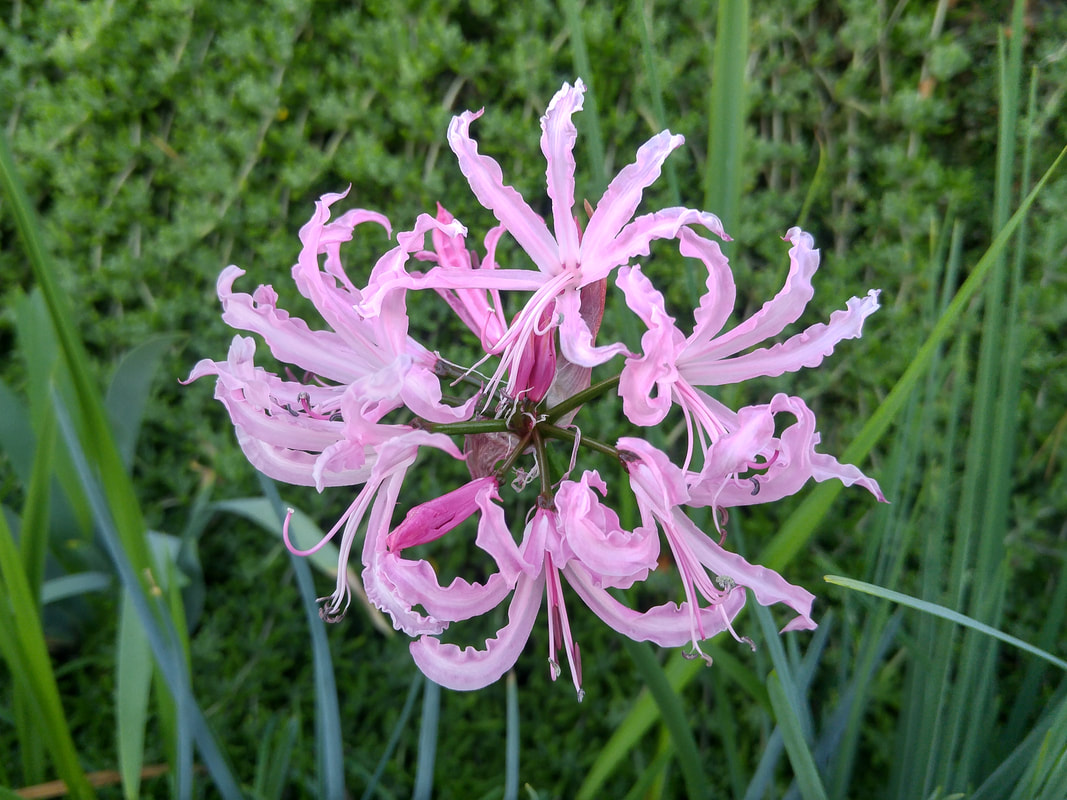
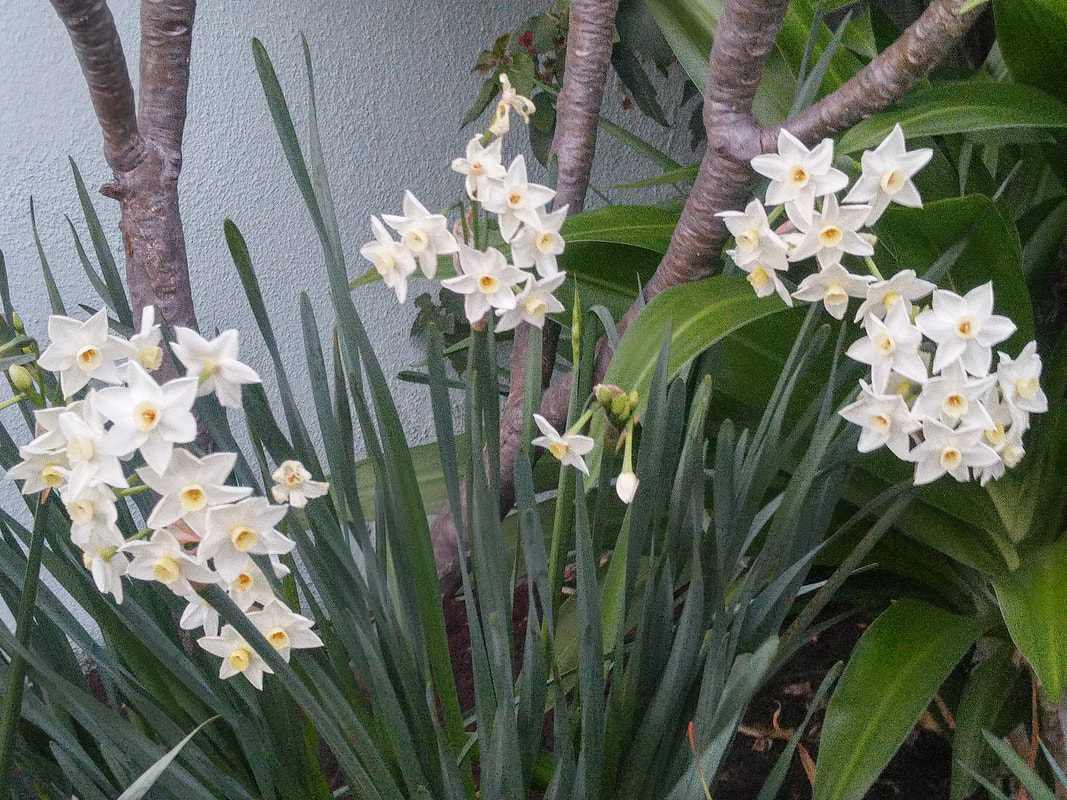
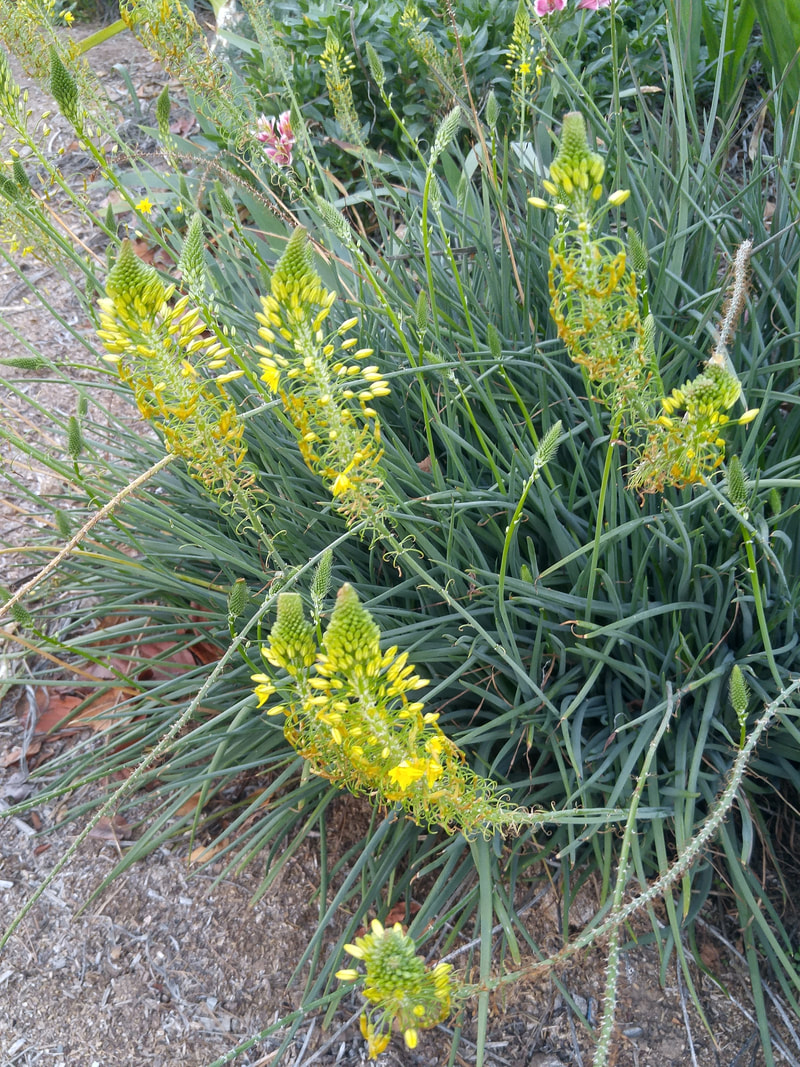
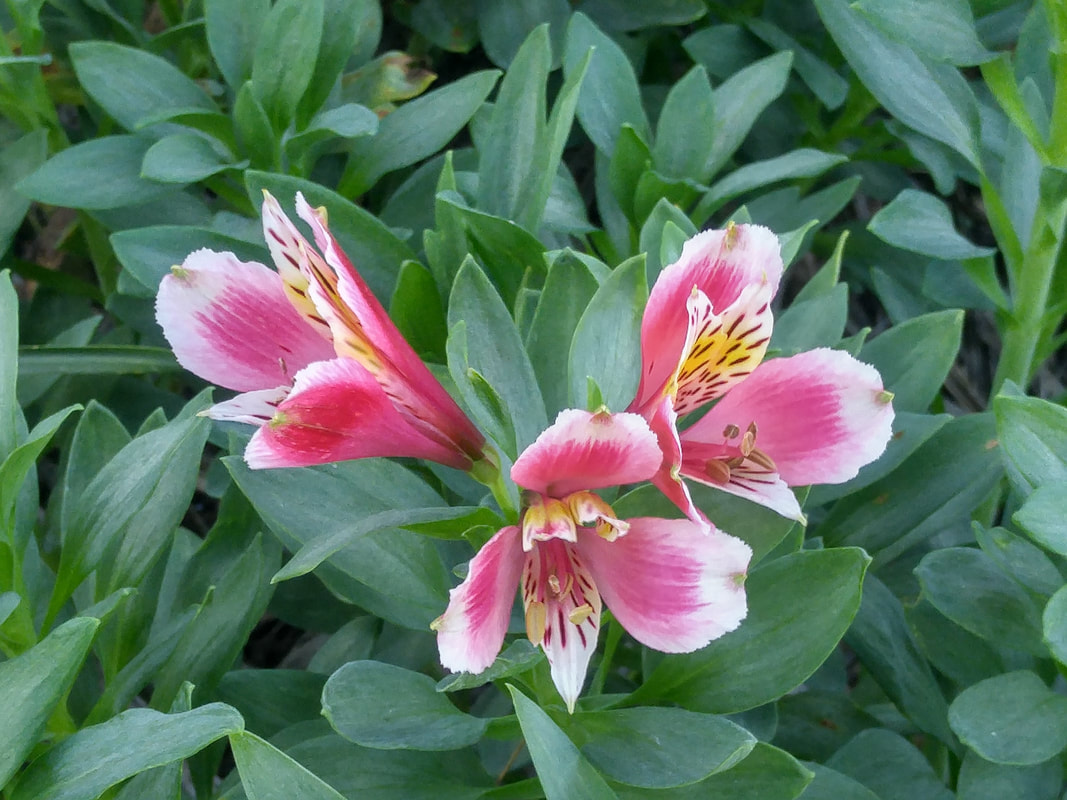
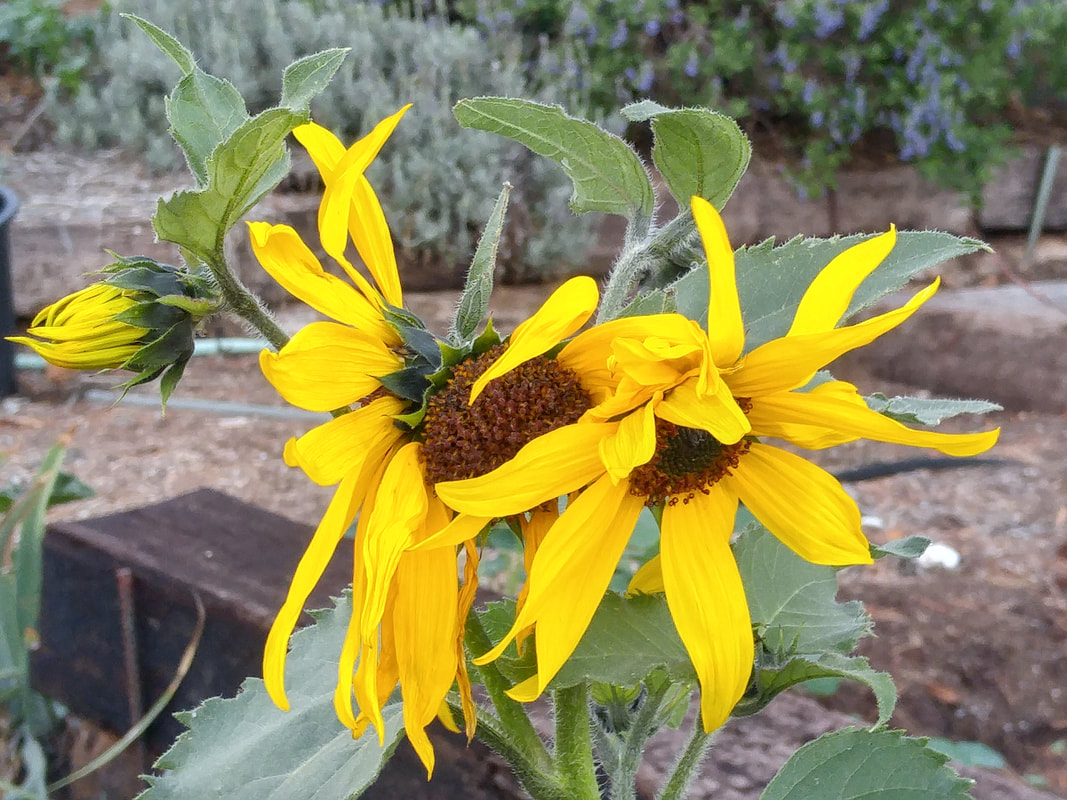
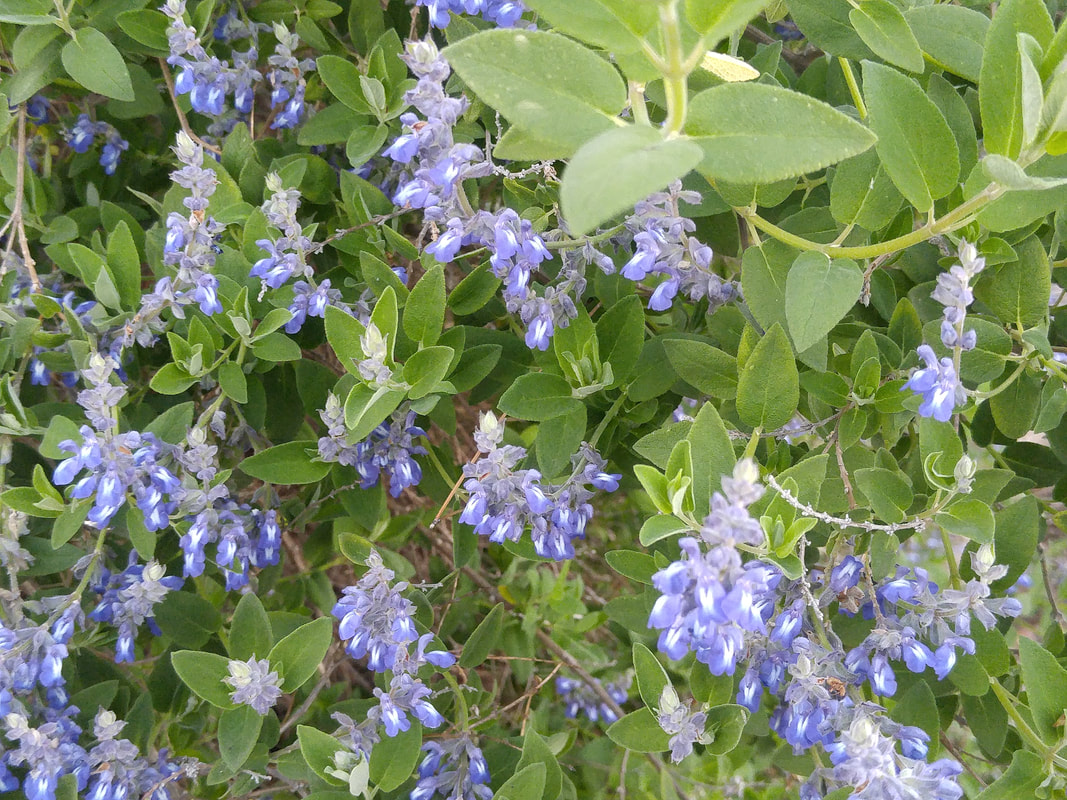
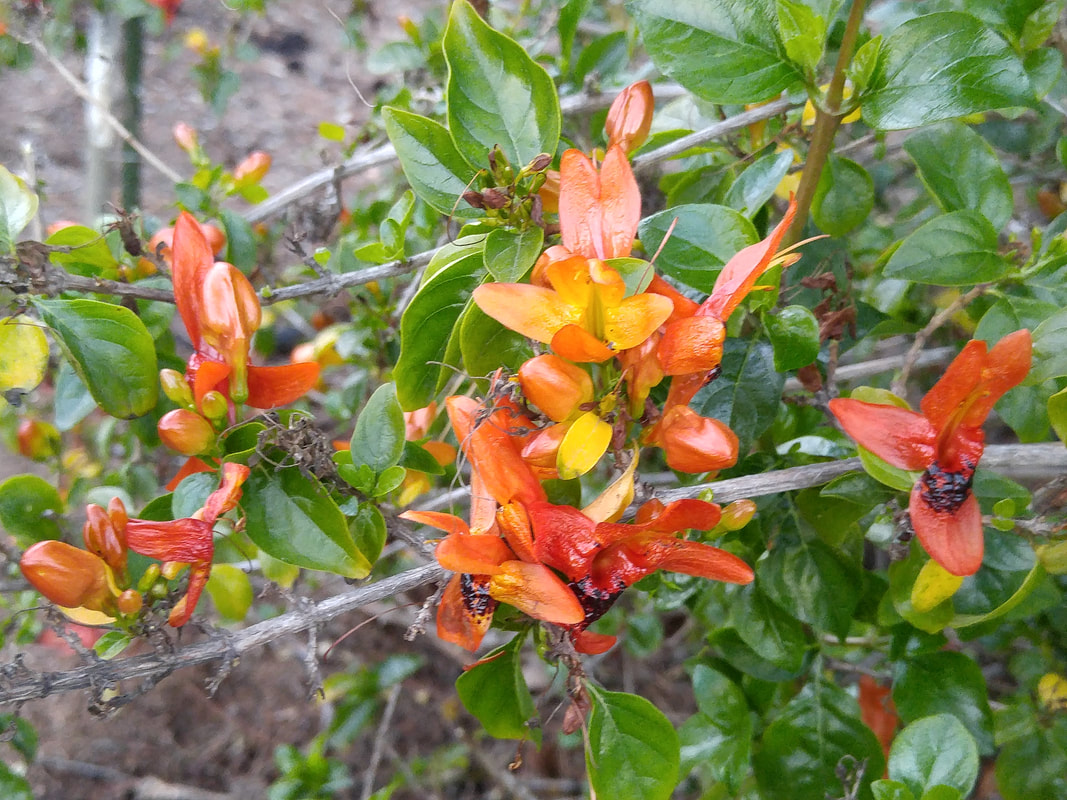
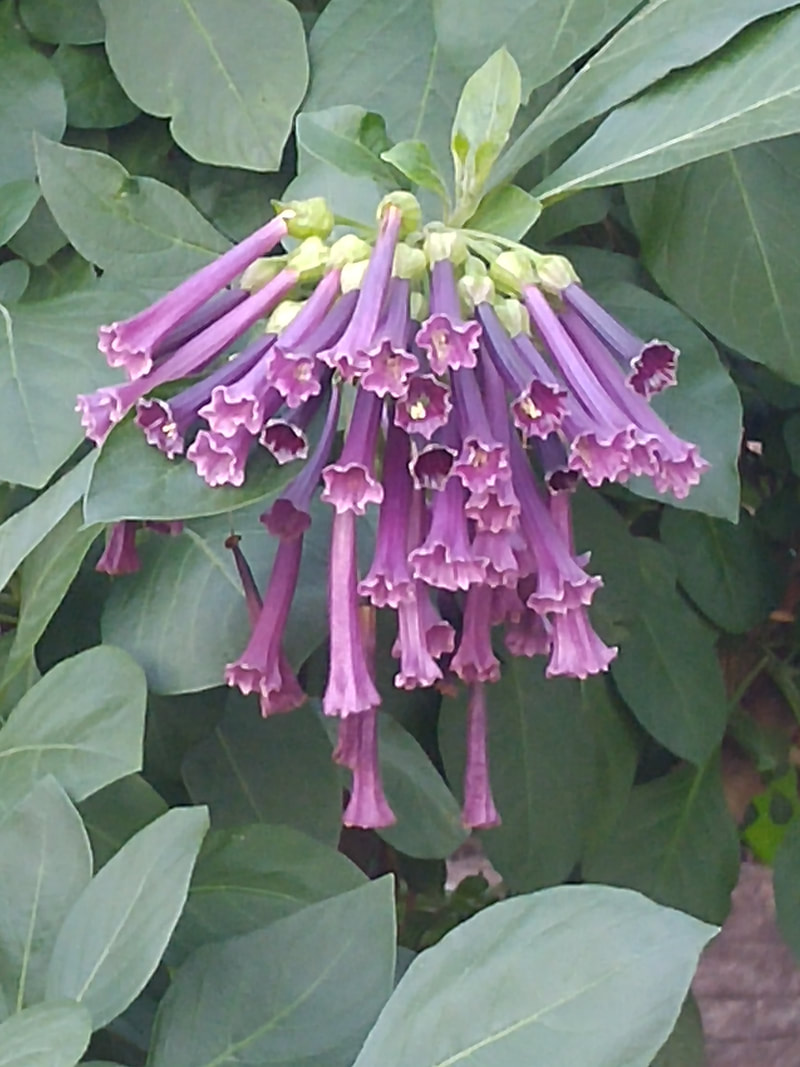
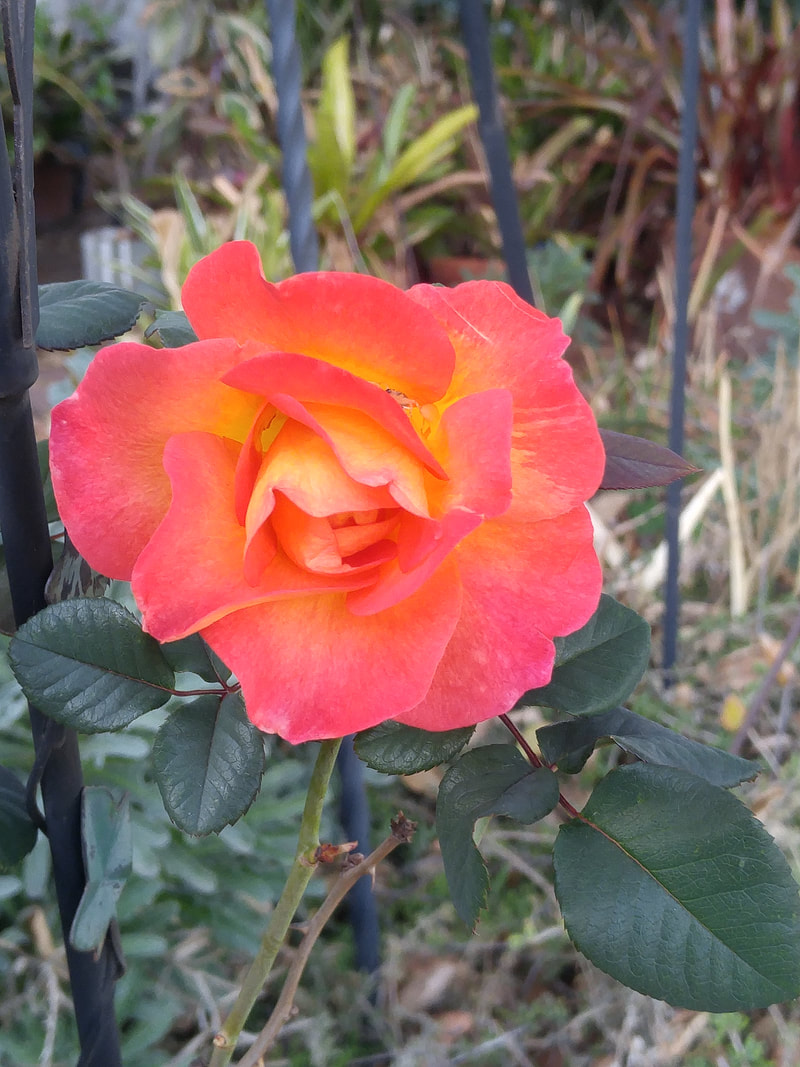
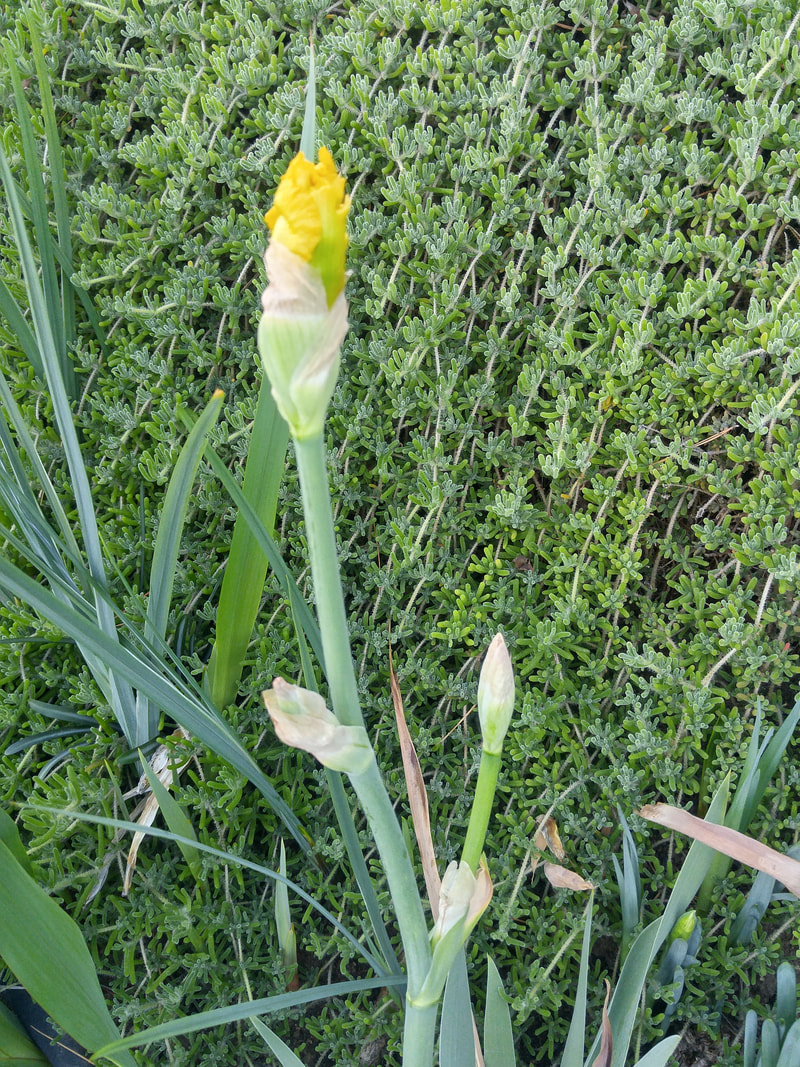
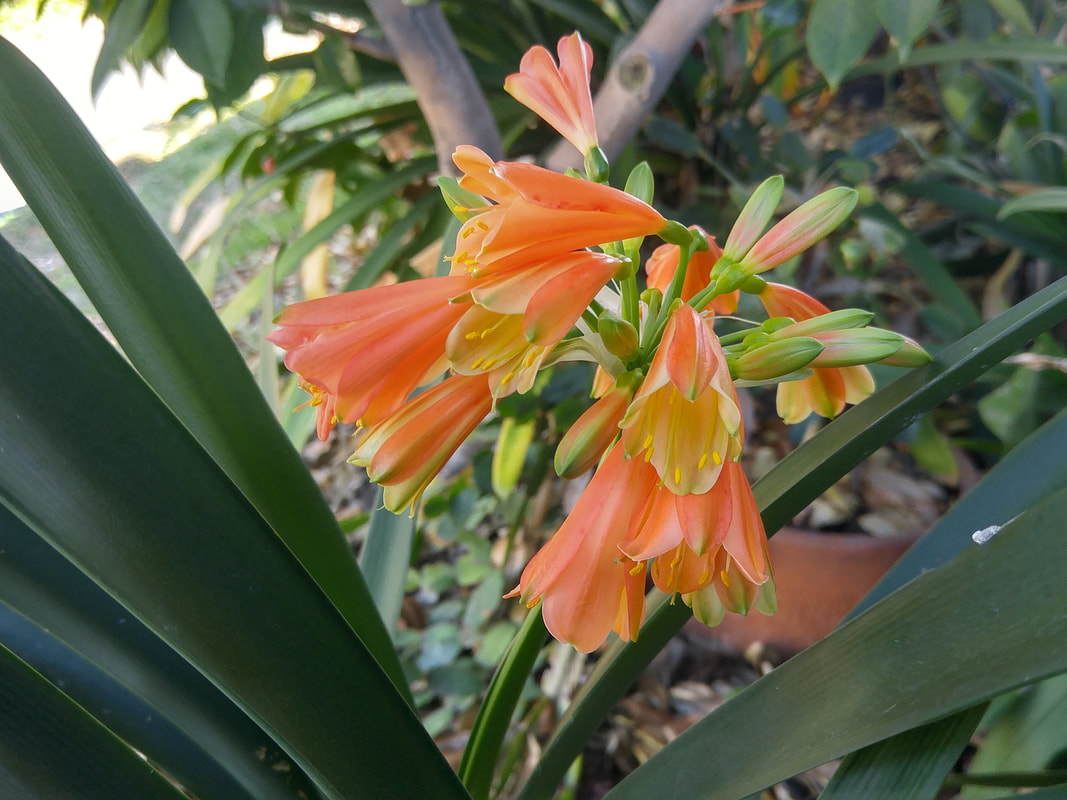
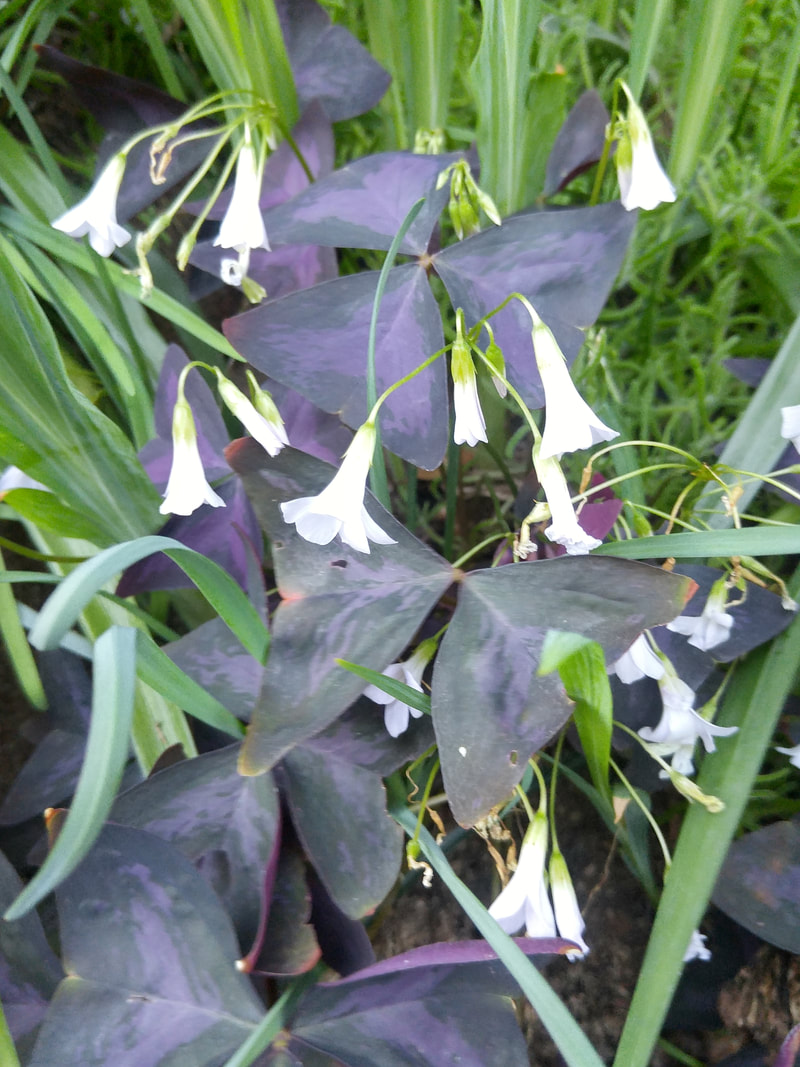
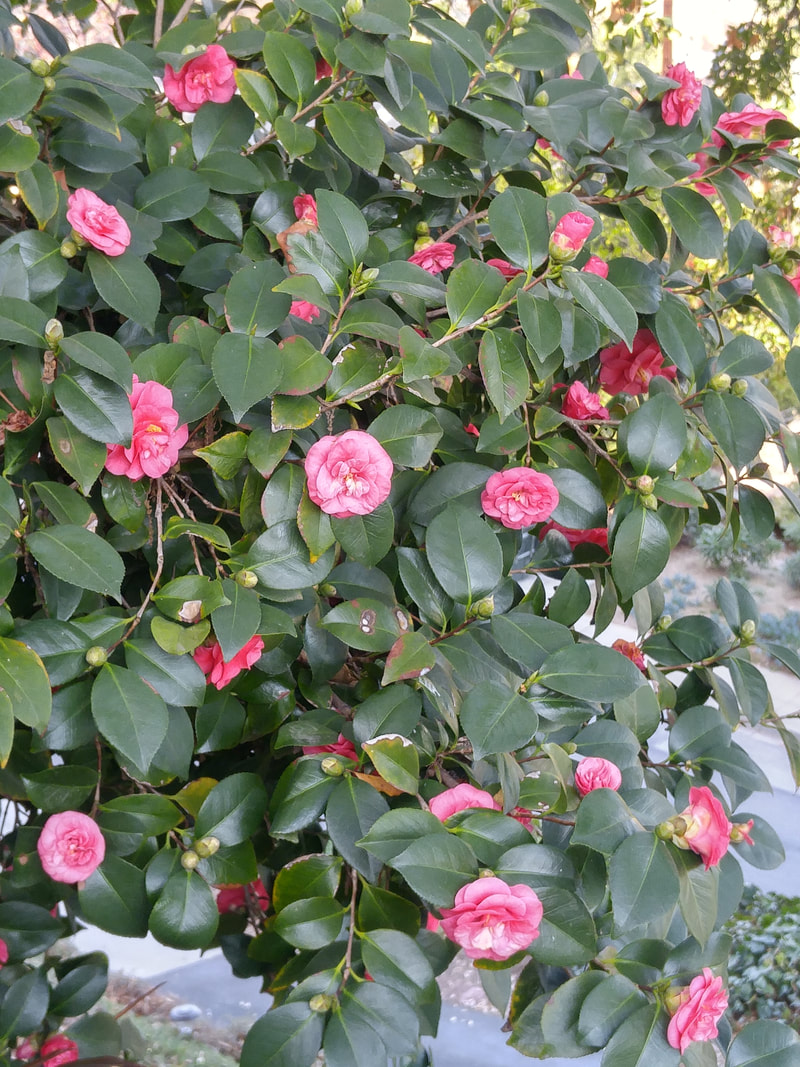
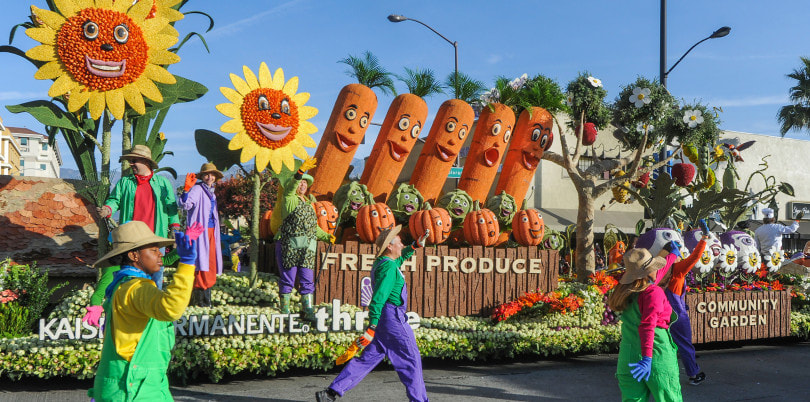
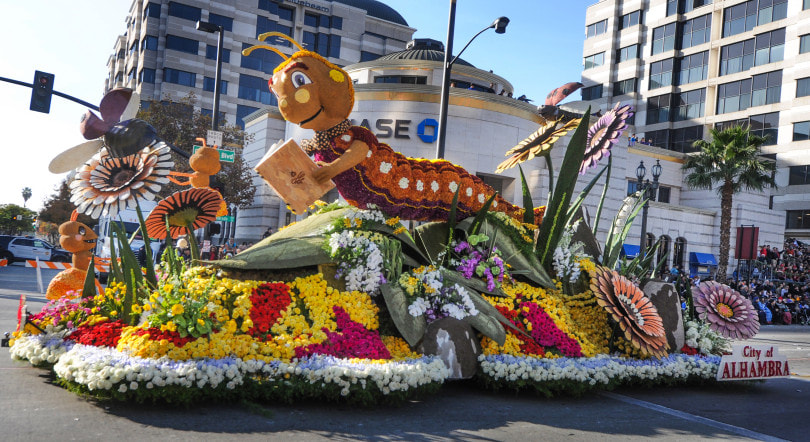
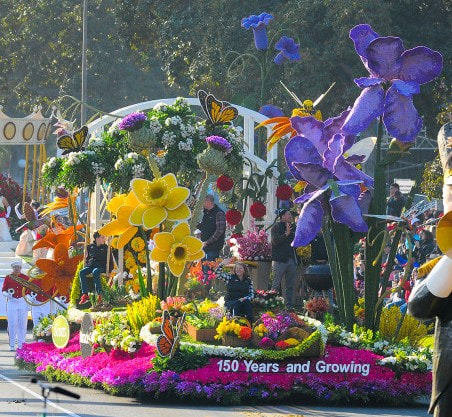
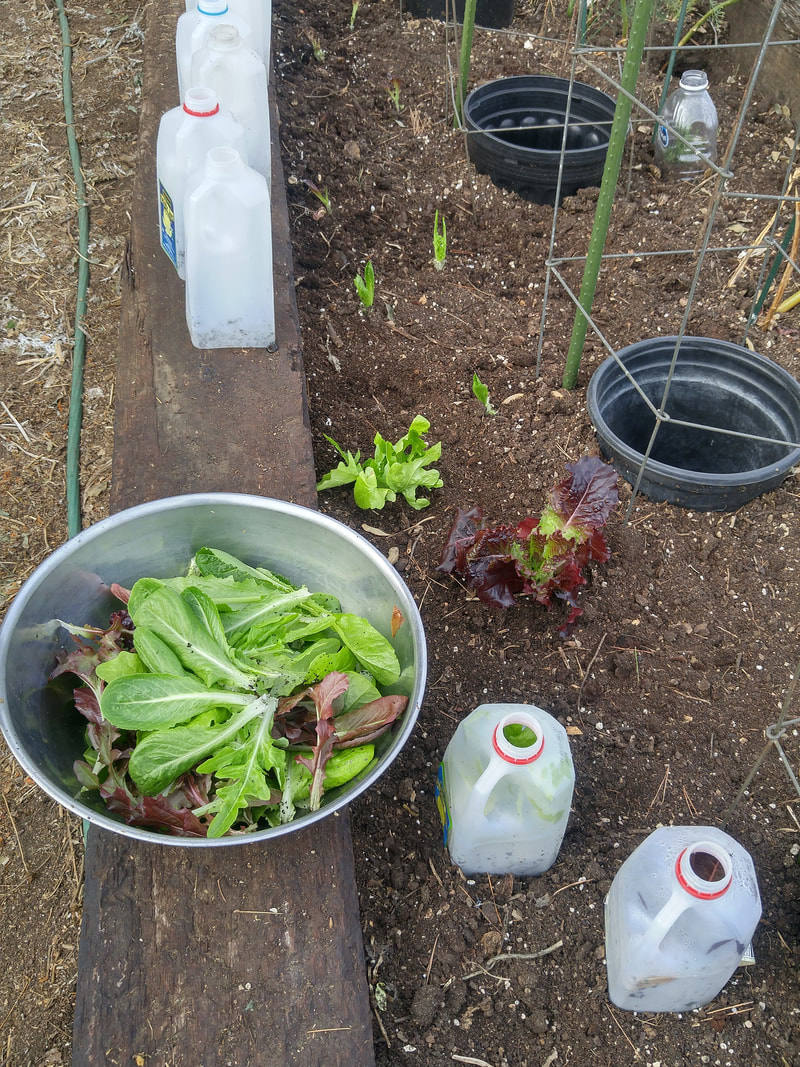
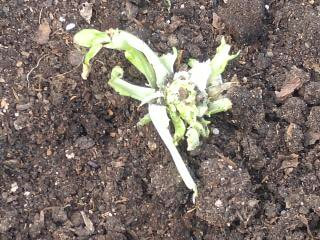
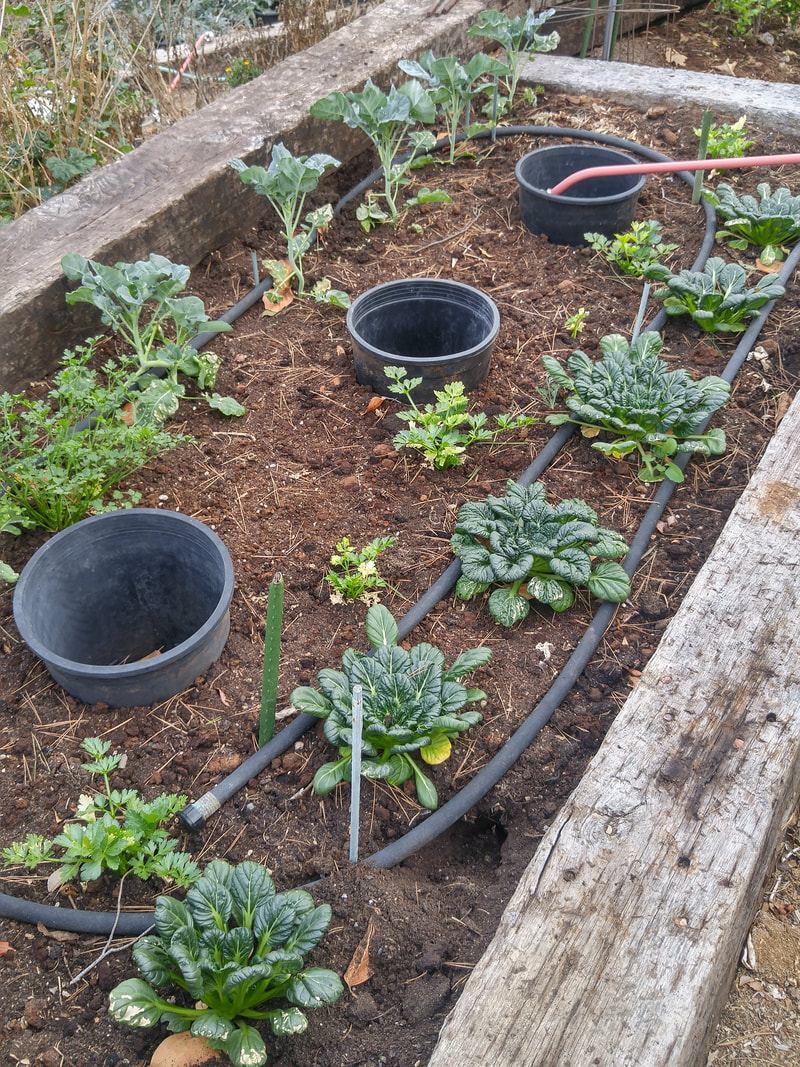
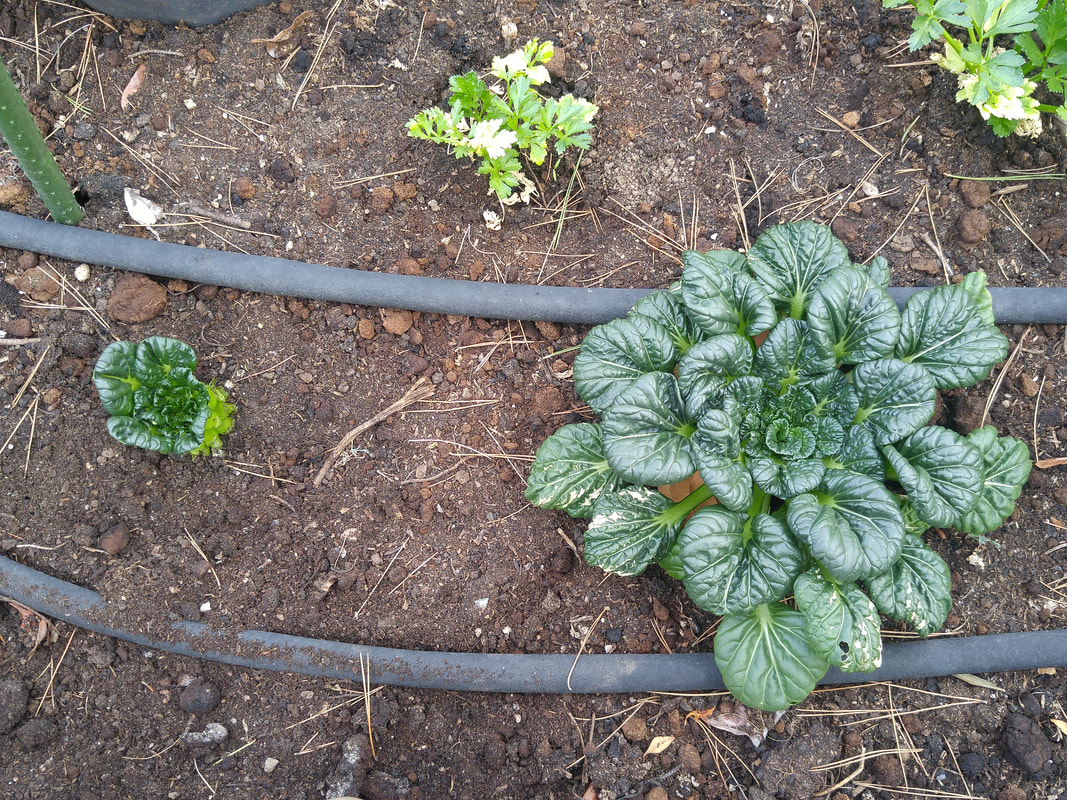
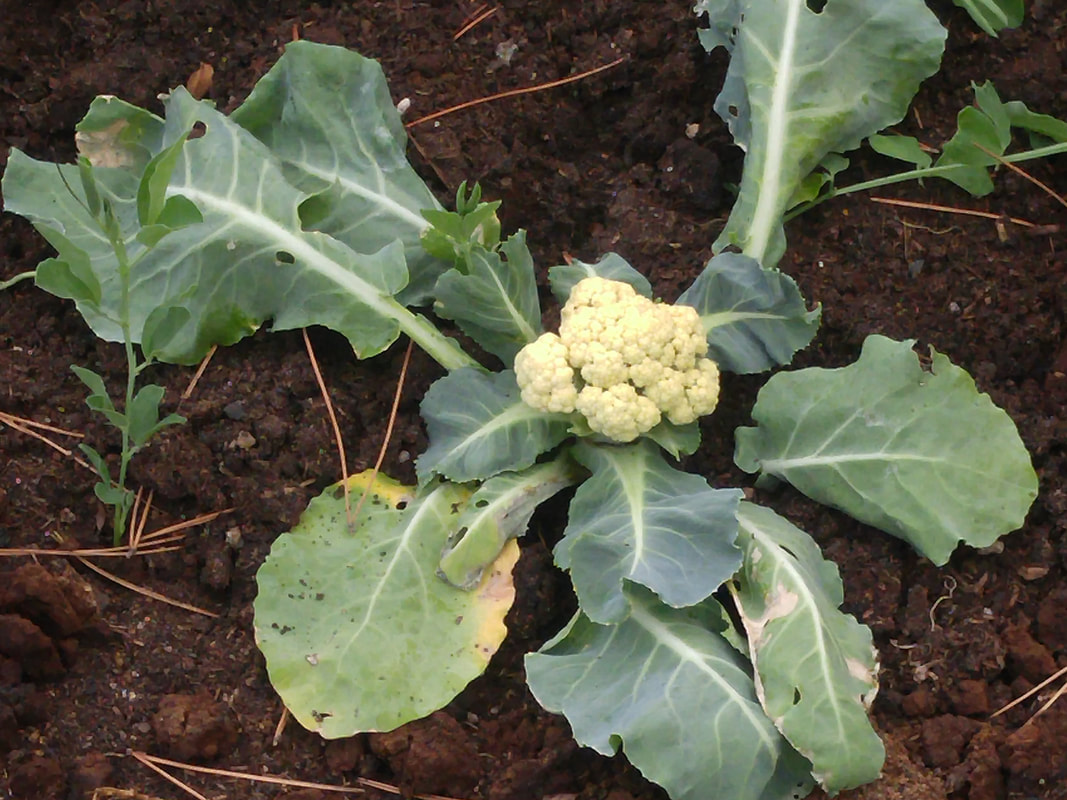
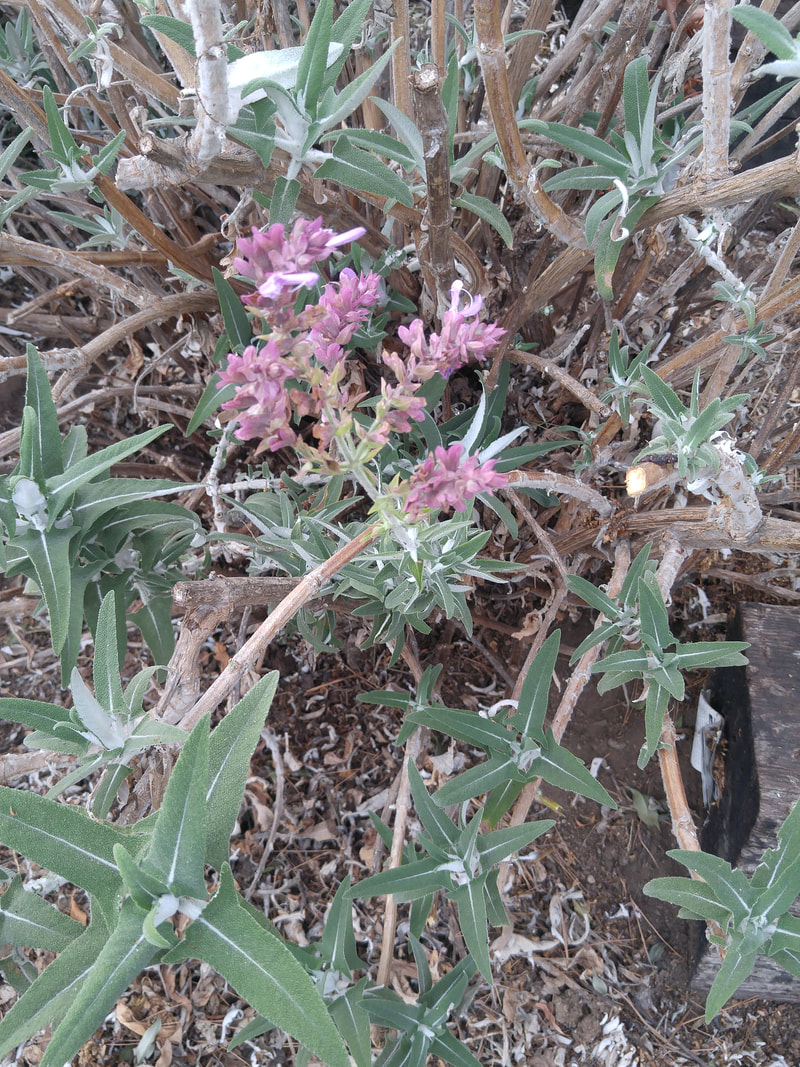
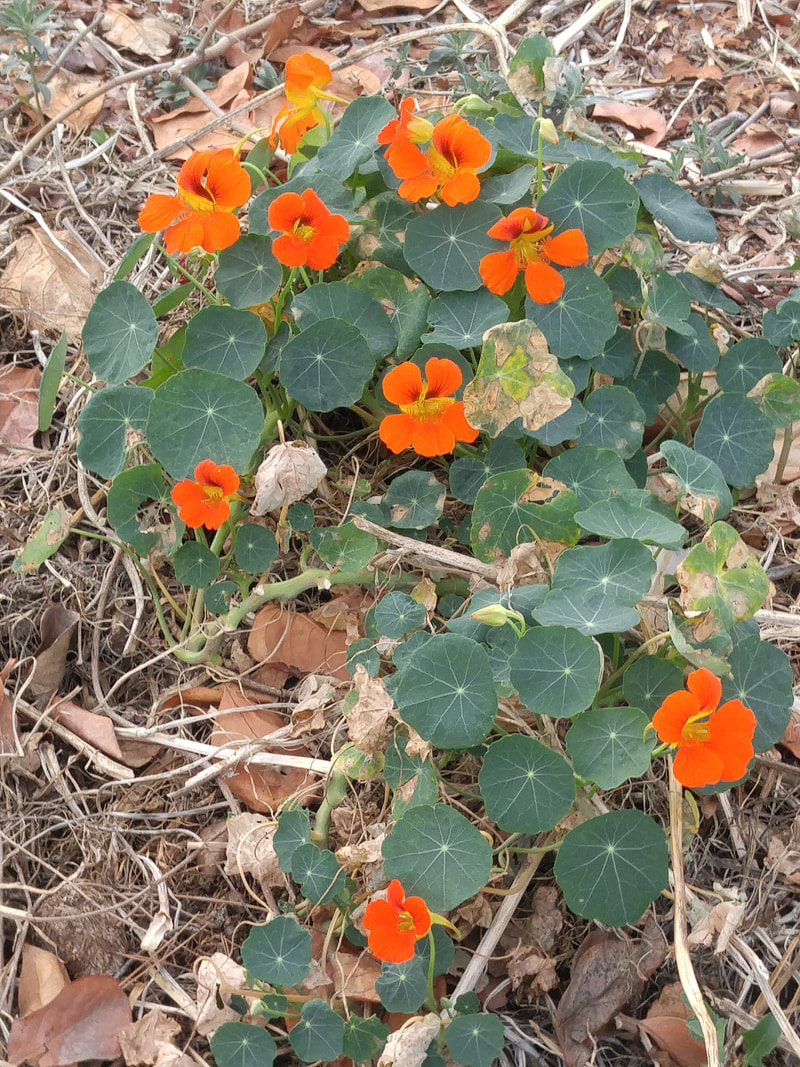
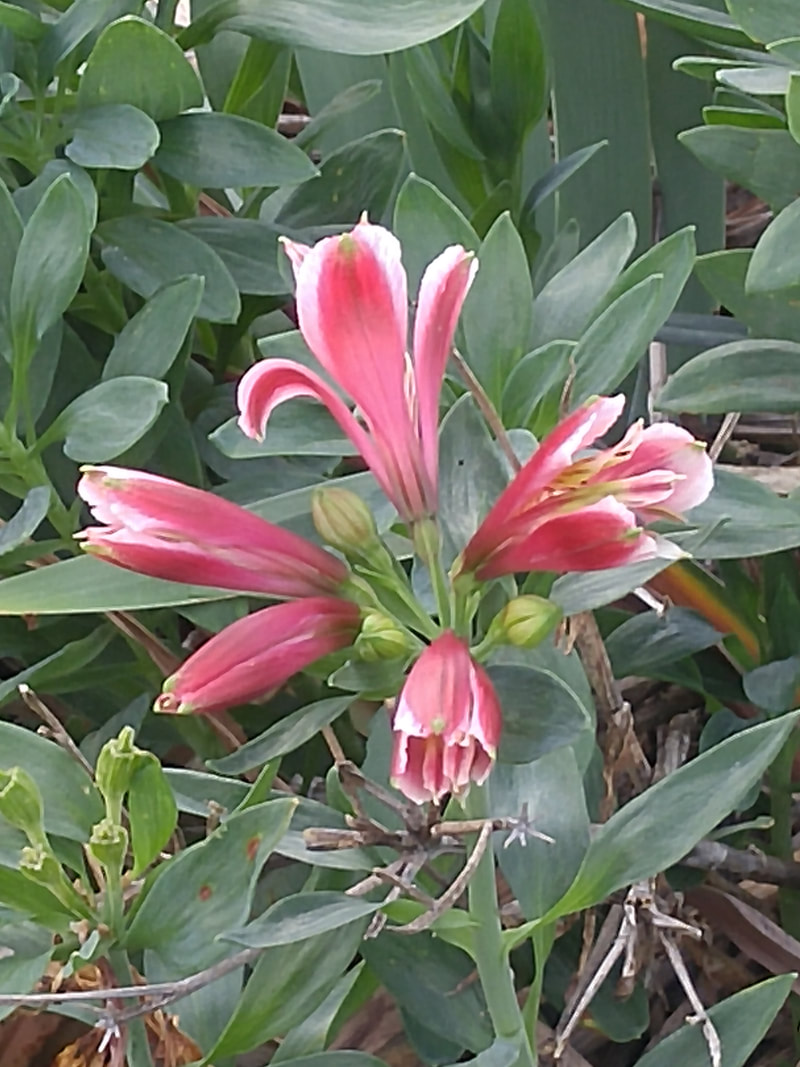
 RSS Feed
RSS Feed